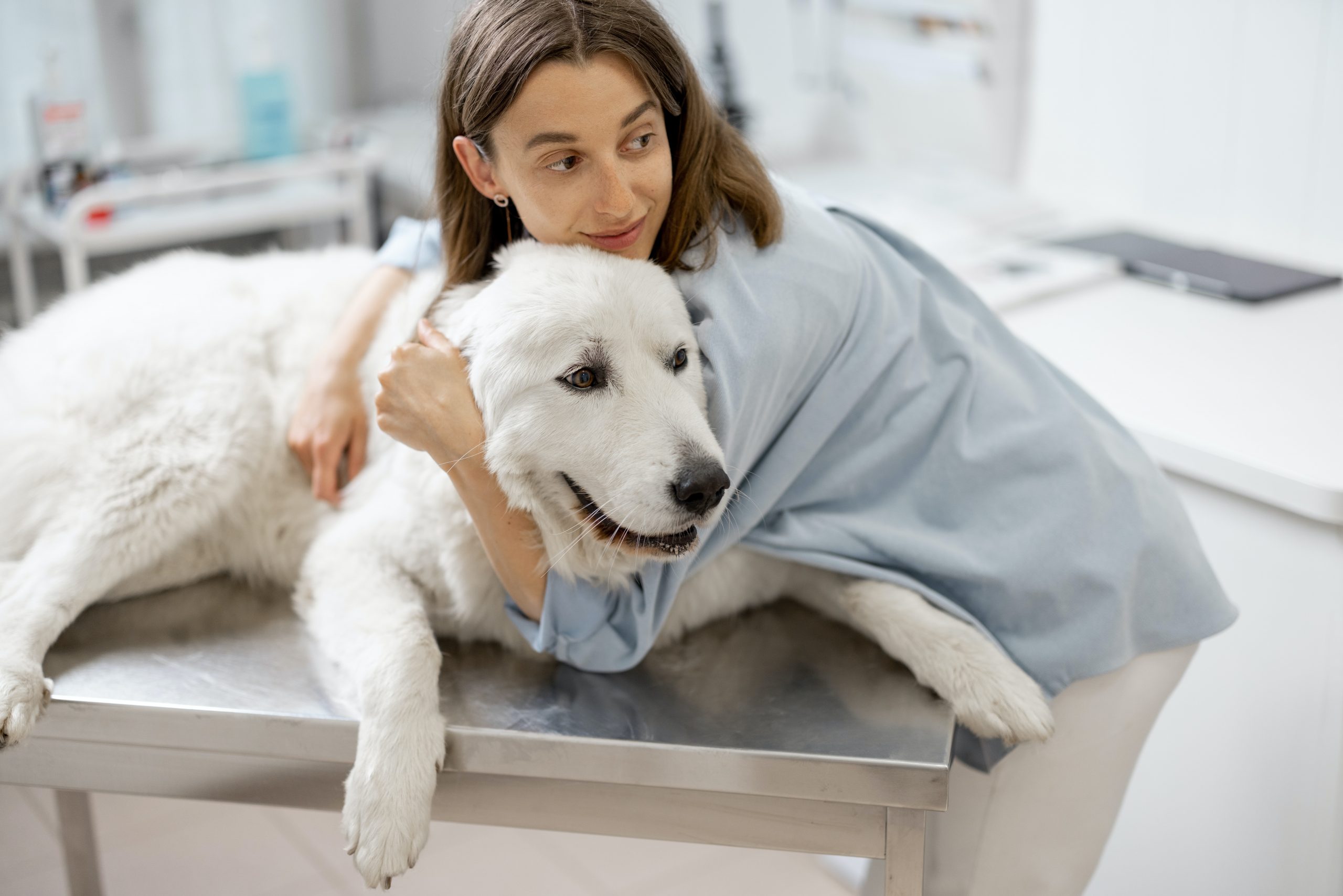The Tea
I’ll never forget the shrieking howls my aunt’s dog made after she left her house. Her dog was a pandemic puppy, and knew nothing but her company for the first few months of his life. Eventually, as lockdown restrictions eased, she began going back to work or engaging in social events that weren’t dog friendly. Her poor pup would howl for the whole neighborhood to hear whenever she left, even if there were other family members still at home – a tell-tale sign of pet separation anxiety.
If your pet also engages in strange or extreme behaviors when they’re home alone, they might also be experiencing separation anxiety. This pervasive problem can be difficult to deal with, but it’s not impossible to overcome. Below we’ll discuss 5 tell-tale signs of pet separation anxiety and how to avoid it!
The Brew
5 Signs Of Pet Separation Anxiety
It can be tough to leave your pet home alone, but sometimes it’s necessary. If you’re worried about your furry friend being anxious while you’re gone, here are five tell-tale signs of pet separation anxiety to look out for:
1. Excessive vocalization
If your normally quiet dog starts barking or howling when you leave, it could be a sign of separation anxiety. As for cats, they may yowl or meow more than usual when you’re not around.
2. Destructive behavior
Another common sign of pet separation anxiety is destructive chewing or digging. For example, if you come home to find your furniture shredded or your carpet ripped up, your pet is likely feeling anxious while you are gone.
3. Loss of appetite
Pets with separation anxiety may lose their appetite or stop eating altogether. This can be a sign that your pet is stressed and anxious.
4. Pacing
If your pet paces back and forth when you’re gone, it signifies separation anxiety. Pacing is often a way for pets to relieve their stress and anxiety.
5. Excessive grooming
Some pets with separation anxiety will excessively lick or groom themselves when their owners are gone. This can be a way for them to cope with the stress of being away from their owner.
If you notice any of these signs in your pet, it may be time to seek treatment.
How To Treat Pet Separation Anxiety
One of the most heartbreaking things to see as a pet owner is your furry friend experiencing separation anxiety. It’s even more difficult when you’re the one who has to leave them behind. Unfortunately, separation anxiety is a real condition that affects pets of all ages, breeds, and sizes. Fortunately, you can do a few things to ease your pet’s anxiety and make the separation process a little easier on both of you.
Here are the most common ways of treating pet separation anxiety.
- Create a safe space. A safe space is a designated area in your home where your pet can go to relax and feel comfortable. This could be a corner of a room, a small crate, or even just a cozy blanket placed in their favorite spot.
- Exercise. Exercise is a great way to burn off excess energy and help your pet relax. If possible, take them for a long walk or run before you leave so they’re tired out and ready for a nap.
- Leave them with something comforting. Leaving your scent behind can be very reassuring for your pet. Place a shirt or blanket you’ve worn recently in their safe space so they can snuggle up with it while you’re gone.
- Make sure they have plenty of toys. Keeping your pet occupied with toys and puzzles is a great way to distract them from your absence. Fill a Kong toy with their favorite treat or invest in an interactive toy that will keep them challenged and engaged.
- Create a routine for leaving and coming home. This will help your pet know when to expect you and reduce their anxiety. Make sure you spend some time with your pet when you first get home, so they know you’re back, and they’re not being ignored.
How To Avoid Pet Separation Anxiety?
There are a few things you can do to avoid pet separation anxiety.
- Give your pet plenty of attention and affection when you are home with them. This will help create a strong bond between you and make them feel more secure when you’re not around.
- Try to gradually introduce alone time. If you have a puppy or a kitten, chances are you’re spending almost all of your waking moments with them as you are working on training them and meeting their care needs. Establishing this 24/7 bond from the start can lead to separation anxiety, because they won’t be used to spending time apart from you. Try to gradually introduce alone time so they won’t panic when you are separated.
- Be consistent with your comings and goings. If you leave at the same time every day and return at the same time, your pet will know what to expect and won’t be as anxious.
The Pour
Separation anxiety is a real problem for many pets, but it can be overcome with patience and understanding. Follow the above tips to keep your pet happy and lively.






















0 Comments for “5 Tell-Tale Signs Of Pet Separation Anxiety & How To Avoid It”